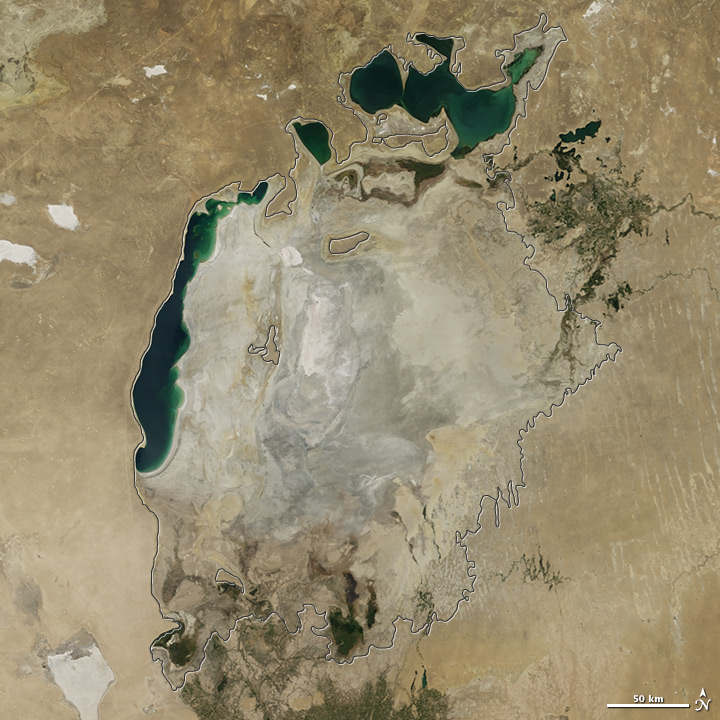Atlantic:
“Water has become the 21st-century equivalent of oil, and a plan to divert water from the Great Lakes to surrounding areas is raising questions about the possibility of future water grabs from far-flung water-sparse regions.
While plans to divert water from the Great Lakes basin date back to the early 1900s, modern-day attempts have become increasingly extravagant. In 1982, Congress directed the U.S. Army Corps of Engineers to study the feasibility of using Great Lakes water to irrigate farmland on the Great Plains. (Not so feasible, said the Corps.) Fifteen years later, a businessman in Canada secured a permit from the Ontario Ministry of the Environment to transport 158 million gallons of water each year from Lake Superior to Asia in tanker ships. (He withdrew his proposal in 1998 under pressure from Canadian officials.) And in 2007, New Mexico Governor Bill Richardson, in his presidential bid, suggested piping Great Lakes water to the arid Southwest. (Richardson’s campaign foundered and his trial balloon burst.)
But it was the proposal put forth by the Canadian businessman that especially rattled citizens and set off alarms among officials in the eight states and two provinces that border the Great Lakes, propelling them to devise once and for all a binding binational system that would manage and regulate the largest source of surface freshwater in the world. Over the course of seven years, policy makers, lawyers, and elected officials from each of the Great Lakes states and provinces crafted the Great Lakes-St. Lawrence River Basin Water Resources Compact. Passed by Congress and signed into law in 2008 by President George W. Bush, it was lauded as a model agreement by industries and environmentalists alike.”



